Rediscovering the Mullins Effect with Physics Augmented Neural Networks
Please login to view abstract download link
Neural networks (NNs) can be used to describe relationships without explicitly knowing them, but by approximating them through a number of superpositioned functions. In this way, a wider range of unknown behaviours can be modelled with a single approach. In this paper, we present the possibility of incorporating previously assumed relationships, i.e. analytical models, into an NN and then comparing them with a more general NN to model the same relationship without making any prior assumptions. This is demonstrated by modelling the Mullins effect [1], a simple isotropic damage model for hyperelastic materials where incompressibility is a priori assumed. The data was artificially generated by using the Ogden model [2] as the underlying hyperelastic behaviour. A framework for modelling simple isotropic damage is introduced that provides a high degree of flexibility while accounting for certain physical properties such as objectivity, normalisation of energy and thermodynamic consistency. This work follows other works that incorporate physical constraints in NNs, such as [3, 4, 5, 6]. The NN model is only trained on simple deformation modes such as uniaxial, equibiaxial and planar tension and captures the complete 3D behaviour. Several numerical examples in Abaqus are presented to show the accuracy of the model and the simplicity of the numerical implementation in a widely used finite element software.

